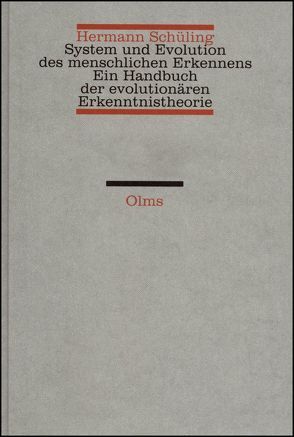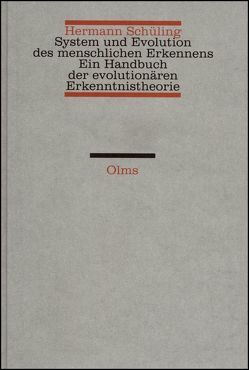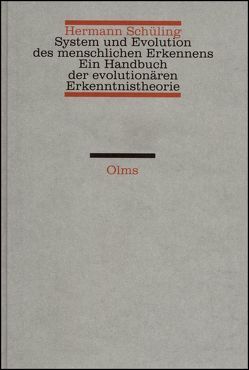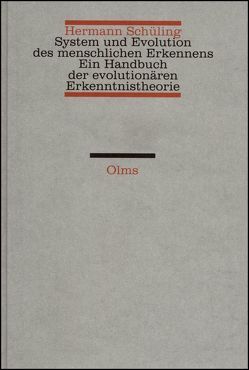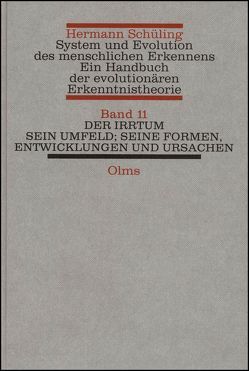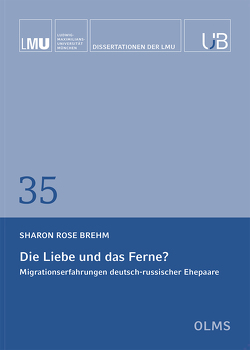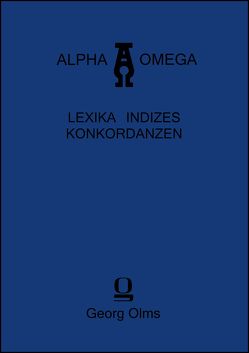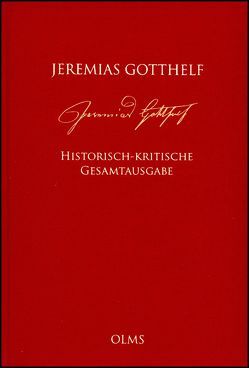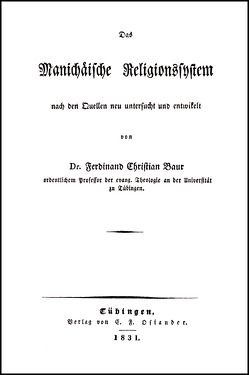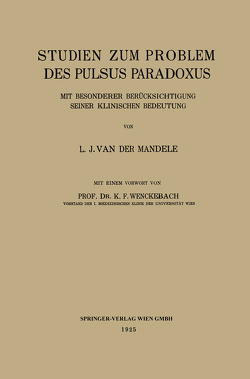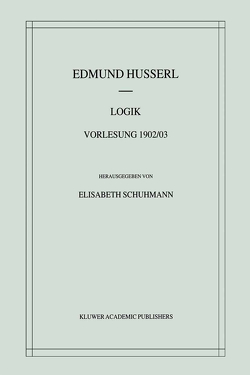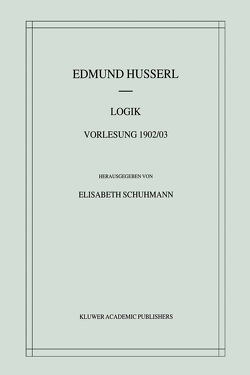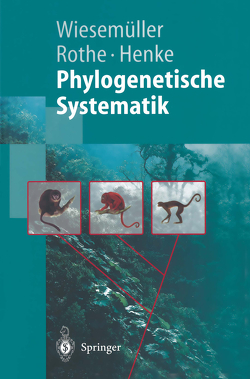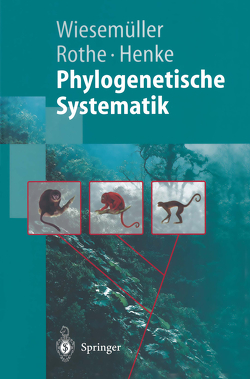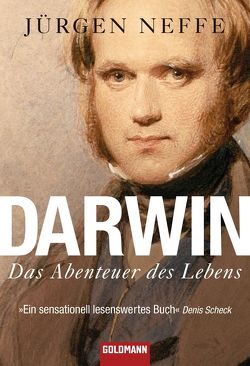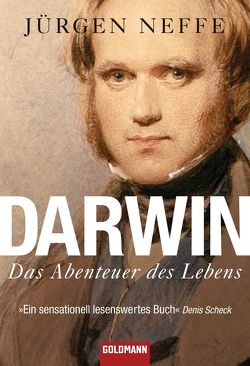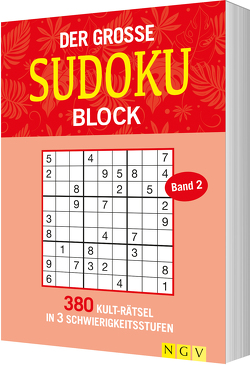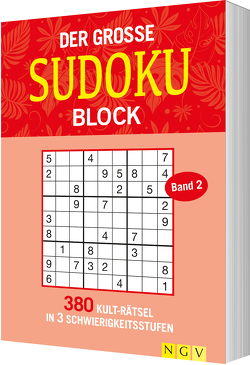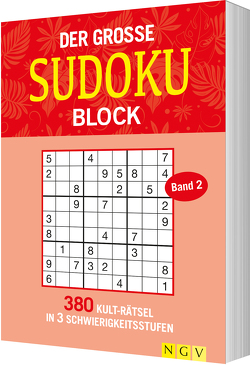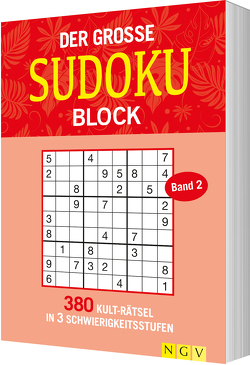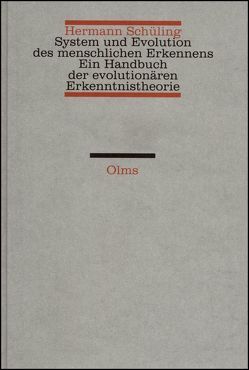System und Evolution des menschlichen Erkennens
Ein Handbuch der evolutionären Erkenntnistheorie. 12 Bände.
Hermann Schüling
In seiner Schrift „Gedanken über die Nachahmung der griechischen Werke in der Malerei und Bildhauerkunst“ 1755 kennzeichnet Winckelmann die antike Laokoon-Plastik als „des Polyklets Regel; eine vollkommene Regel der Kunst“. Diese Deutung löst seit Lessings Schrift „Laokoon: oder über die Grenzen der Malerei und Poesie“ 1766 eine Kontroverse über ästhetische Begründungen der Künste aus. Die Reflexion auf die Laokoon-Skulptur spiegelt paradigmatisch Tendenzen ästhetischer Theoriebildung in der zweiten Hälfte des 18. Jahrhunderts. Die skizzierten Theorien der Laokoon-Diskussion – Winckelmann, Lessing, Herder, Schiller, Goethe – dokumentieren unterschiedliche Modelle der Deutung einer „vollkommenen Regel der Kunst“. Seit Winckelmann steht die ästhetische Diskussion um Regeln der Kunst im Zusammenhang mit dem Begriff des Pathos und ist damit jeweils fundiert in Theorien des Zusammenhangs von Anthropologie und Ästhetik. Die vorliegende Untersuchung zielt darauf, die am Beispiel der Laokoon-Diskussion gegebene Entwicklung der Theorien künstlerischer Heuristik nachzuzeichnen und Veränderungen kunsttheoretischer Parameter zu verdeutlichen. In den Veränderungen der Deutungsverfahren des einzelnen Kunstwerks zeigt sich bei den genannten Autoren der Wandel der problemgeschichtlichen Bestimmungen des Ästhetischen im Spannungsfeld von Anthropologie, Ethik, Erkenntnistheorie, Stil- und Gattungstheorie.
***************
In his 1755 work Gedanken über die Nachahmung der griechischen Werke in der Malerei und Bildhauerkunst (Thoughts on the Imitation of Greek Works in Painting) Winckelmann defines the ancient Laocoon sculpture as ‘the rule of Polyclitus: a perfect rule of art’. This interpretation has inspired controversy about the aesthetic foundations of the arts ever since the publication in 1766 of Lessing’s Laokoon: oder über die Grenzen der Malerei und Poesie (Laocoon, or, On the Boundaries of Painting and Poetry). Reflections on the Laocoon sculpture offer a paradigm for trends in aesthetic theorising in the second half of the 18th century. The theories set out in the discussion of the Laocoon – by Winckelmann, Lessing, Herder, Schiller, and Goethe – document differing models of a ‘perfect rule of art’. Since Winckelmann aesthetic discussion about the rules of art has been associated with the idea of pathos and is thus underpinned by theories of the relationship between anthropology and aesthetics. This study aims to trace the development of theories of heuristics in the arts based on the Laocoon discussion and to show how the parameters of art theory changed. In the changing process of interpretation of a single work of art by the authors mentioned we can see the changing definitons of aesthetics against the background of antroplolgy, ethics, and the theories of knowledge, style and genre.
